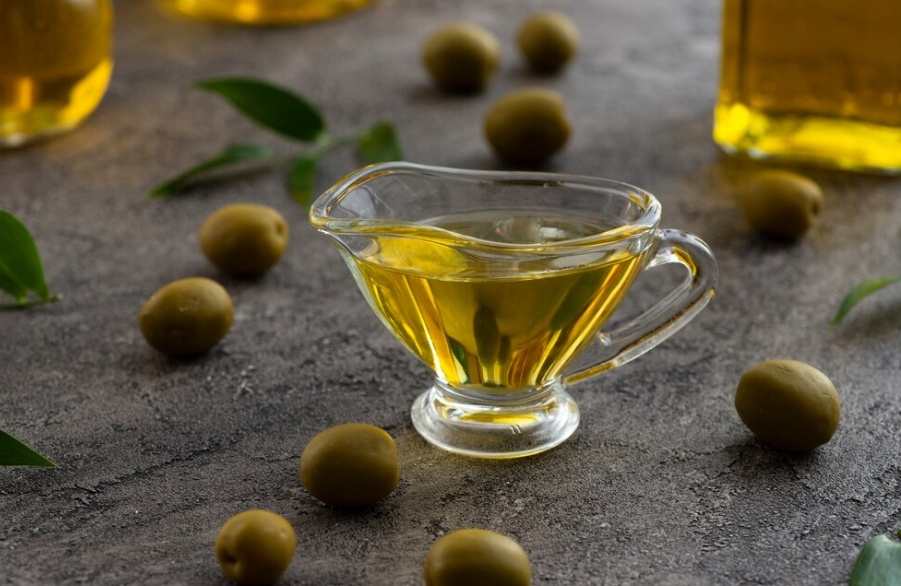Note
- You can adjust the heat level of the harissa sauce to your preference by adding more or less harissa paste.
- For a lighter option, substitute ground turkey or chicken for the meat.
Journey of Moroccan Harissa Meatballs
Harissa from Morocco More than just a meal, meatballs offer a glimpse into Morocco's rich culinary history. Every morsel of these meatballs tells a story of history, flavor, and inventiveness, from the bustling spice markets of Marrakech to the fragrant restaurants of Fez. We must examine this cuisine's gastronomic, cultural, and historical roots in order to truly appreciate it.
Historical Context
Kefta, or meatballs, have been a staple of North African cooking for many years. The idea of forming minced meat into balls was initially employed by the Berbers, who are indigenous to North Africa. Traditionally prepared with lamb or beef, kefta was spiced with regional ingredients to represent the region's wealth and commercial connections. Morocco's spice repertory expanded along with trade routes, incorporating exotic ingredients like paprika, cumin, and cinnamon.
The main component of the sauce, harissa, has Tunisian origins. Originally developed to preserve chili peppers, it is a fiery mixture of roasted red peppers, garlic, and spices. Throughout the ages, harissa gained popularity as a condiment across North Africa and as a characteristic of Moroccan cooking.
The Moroccan approach to flavor is best represented by the combination of kefta with harissa sauce, which is rich, aromatic, and incredibly satisfying. This dish, which is usually made over low heat in a tagine, has come to represent communal dining and the gathering of people around a common meal.
The key ingredient is harissa.
These meatballs have a distinctly Moroccan flavor thanks to the harissa sauce. Harissa is a cultural artifact rather than merely a spice blend. The dish is elevated to a symphony of flavors by its potent, smokey heat, which balances the earthiness of cumin, the sweetness of paprika, and the warmth of cinnamon.
Making harissa is a kind of art in and of itself. Many families have cherished recipes that have been handed down through the years. While some varieties have a sweeter, smokier profile, others are hotter. Moroccan Harissa Meatballs' well-balanced harissa complements the meatballs without overpowering their subtle flavors.
Modern Appeal
Harissa meatballs from Morocco are being served on foreign restaurants. They are well-liked by both professional chefs and household cooks due to their versatility. You may serve them over regular couscous, with spaghetti for a Mediterranean flair, or with crusty toast for a rustic flavor. Additionally, this recipe fits well with the current trends of comfort food and powerful flavors. Now that harissa is more readily accessible in supermarkets throughout the world, customers may enjoy Moroccan cuisine in the comfort of their own homes. It illustrates how food can unite people and span cultural gaps.
Fun Facts
- UNESCO has classified Harissa as part of Tunisia's intangible cultural heritage.
- Moroccan cuisine is often regarded as one of the most balanced in the world, thanks to its harmonic combination of spices and fresh ingredients.
- The tagine, a traditional Moroccan cooking bowl, is specifically designed to retain moisture and enhance flavors—a method ideal for meals like these meatballs.
A Poetic Ode
Picture the initial bite: the tender meatballs melting in your mouth while their spices danced across your tongue. The slightly sweet and smoky harissa tomato sauce envelops every bite like a cozy hug. It's a trip to a faraway place where every meal is an occasion to celebrate community, flavor, and life.
A Recipe for Any Occasion
Moroccan Harissa Meatballs are not just a dish; they are an experience. Whether they are served at a festive party or a laid-back family dinner, they have the power to bring people together. The process of shaping the meatballs, simmering the sauce, and savoring the final product is as fulfilling as the flavors.
A Final Remark
Thank you for joining me on this culinary adventure into the heart of Moroccan cuisine. These meatballs are more than just a dish; they're a tradition, a story, and a testament to the strength of simple ingredients and seasonings. I hope this recipe inspires you to create your own priceless tableside experiences by experimenting with flavors and spices. Good morning, or Bessaha wa raha as it is known in Morocco! (Well-being and rest!)







